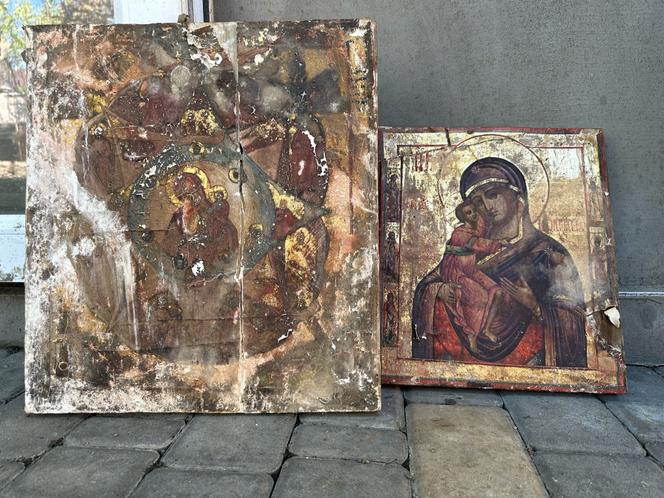


Russian shelling damaged a landmark church on Thursday, August 3, in the Ukrainian city of Kherson that until last year held the remains of Prince Grigory Potemkin, an 18th-century Russian military commander who encouraged Catherine the Great to expand the Russian Empire into what is now southern Ukraine.
Ukraine's emergency service said four of its workers were wounded in a second round of shelling as they fought a fire at St. Catherine's Cathedral. Four other people were wounded in the first shelling attack, which also hit a trolleybus, the prosecutor general's office said.
A missile strike severely damaged a beloved Orthodox cathedral in Odesa, another city in southern Ukraine, and Thursday's attack further underlined the war's risk to the country's cultural monuments. Fighting has intensified in multiple regions as Ukraine's military steps up a counteroffensive to reclaim Russian-occupied territory.
The Kherson church, dating from 1781, is one of the city's most notable buildings. It once was the burial spot for Potemkin, a favorite of Catherine the Great who exerted Russian control through the southeast parts of modern Ukraine and engineered the 1784 annexation of Crimea from the Crimean Khanate. Potemkin became the governor-general of what was called "New Russia." His name entered popular speech because of stories, now widely doubted, that he erected fake settlements called "Potemkin villages" to impress Catherine during her long journey through Crimea and the southern territories. Moscow-backed authorities had Potemkin's remains removed during the city's eight-month occupation. Russian forces withdrew from Kherson in November as Ukrainian soldiers gained ground in their attempt to take back the regions Putin annexed.
The Russian retreat instantly made the city a target of daily Russian attacks, most of them involving artillery and drones sent from Russian-held territory across the Dnieper River. The relentless strikes often result in reports of civilian casualties.
